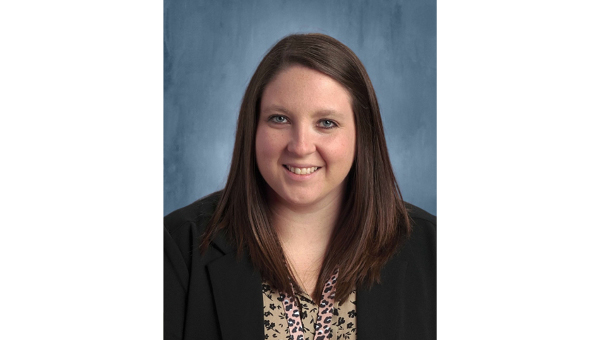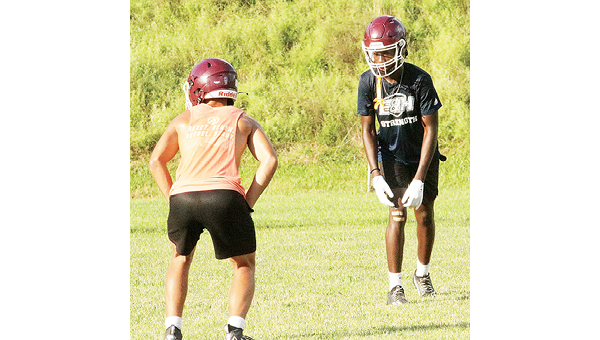Daylight Savings Time returns this week…a reminder to set your clocks
Published 2:42 pm Tuesday, March 4, 2025
|
Getting your Trinity Audio player ready...
|
It’s time to change the clocks again from standard time to Daylight Saving Time. Come Saturday morning, the hands on the clock will be moved forward one hour, meaning the sun will come up a little earlier and set an hour later in the evening, giving us an extra hour of sunlight.
Who doesn’t want a little more sunshine?
It’s something we all look forward to as the days get longer and temps get warmer. And as the time change approaches to give us later sunsets at the cost of losing an hour of sleep on March 9, many are left wondering if there’s a better way.
Trending
Nearly two dozen states currently have to “lock the clock,” moving through their legislatures this year. Even President Donald Trump has spoken in favor of doing so.
Seven states—Connecticut, Illinois, Iowa, Maine, Maryland, North Carolina, and Pennsylvania—have all proposed observing daylight saving time year-round, according to Fortune magazine.
The U.S. tried to make this change in 1974. This was so quickly unpopular after the first winter, with sunrise times as late as nearly 9:30 a.m. in some parts of the country, that it was reversed after only eight months. The U.S. also switched daylight saving time in 2007 to occur for eight months out of the year rather than seven, meaning a majority of the country—except for Hawaii and most of Arizona, the only states that do not observe time changes—already experiences daylight saving time 65% of the year.
Permanent daylight saving time would satisfy both, as it would eliminate the time change and maximize sunlight for the greatest number of people. The sun would rise no earlier than 6 a.m. in Northeast Tennessee, aligning with the average wake hours for Americans of 6:30 a.m. to 10:30 p.m., according to TIME magazine.
Daylight saving time comes with the added bonuses of potentially reducing crime and saving energy, as well as increasing time for sports and other outdoor activities after work and school hours. Many, after work and after school, play golf, tennis, baseball, as well as garden. Also, it is a plus for Little League games and the River Riders, who play in Elizabethton.
Secondary to a permanent switch to daylight saving would be keeping the time change as it is currently, as sunsets still occur on a later basis a majority of the time. Some studies, however, show that the time change causes health issues and a greater number of car accidents.
Trending
A permanent switch to standard time, as at least 15 states are attempting to do, would be the worst option of the three. It’s a solution that has garnered the support of sleep scientists but is unlikely to play out as beneficial in the real world, limiting sun exposure for a majority of Americans and eliminating the longer summer nights that so many look forward to as the season approaches.
There will always be some who prefer Daylight Saving Time. The same with Standard Time. Changing the clocks will not make everyone happy. But, I think we all agree that a little extra sunlight is welcome, especially in the early spring and early fall.





